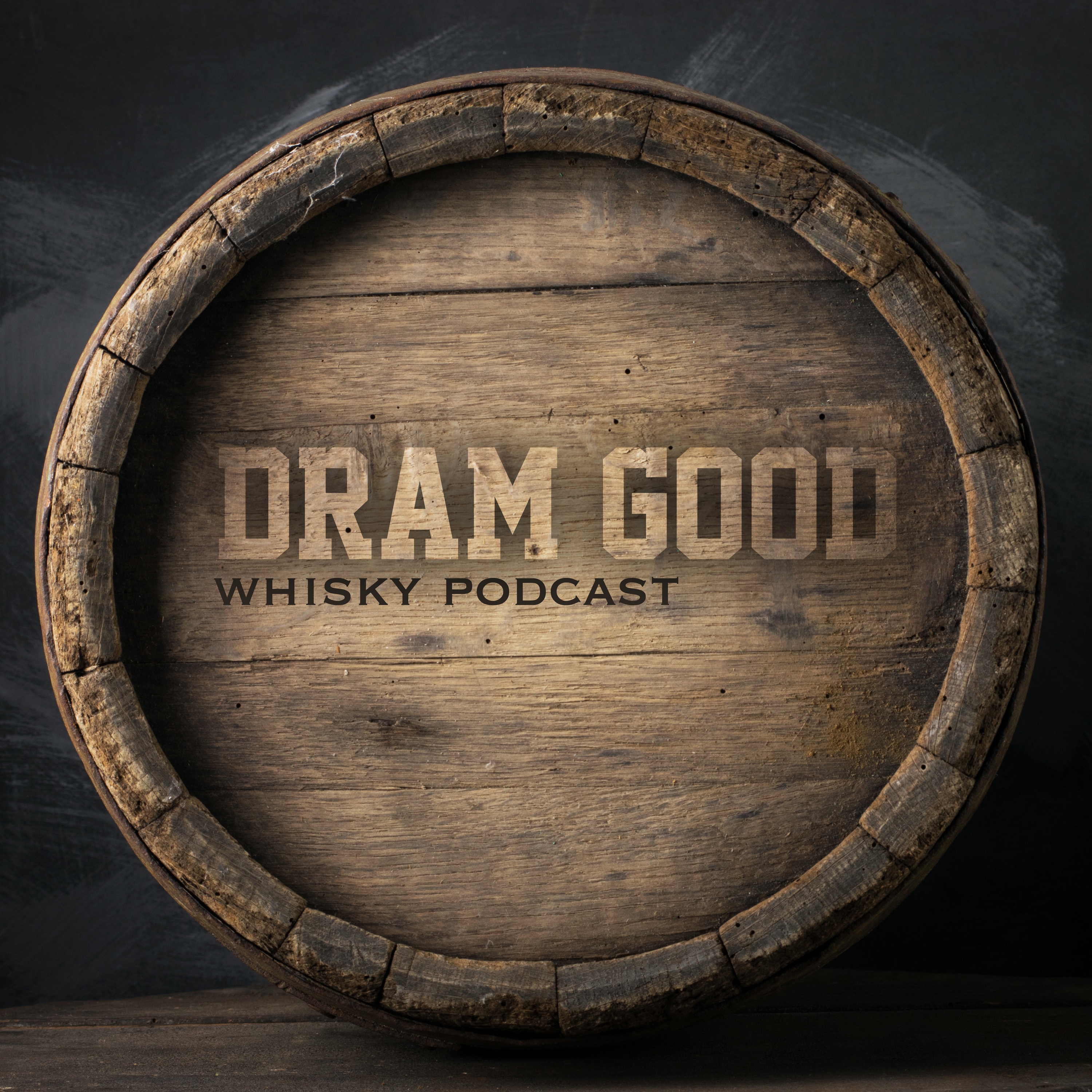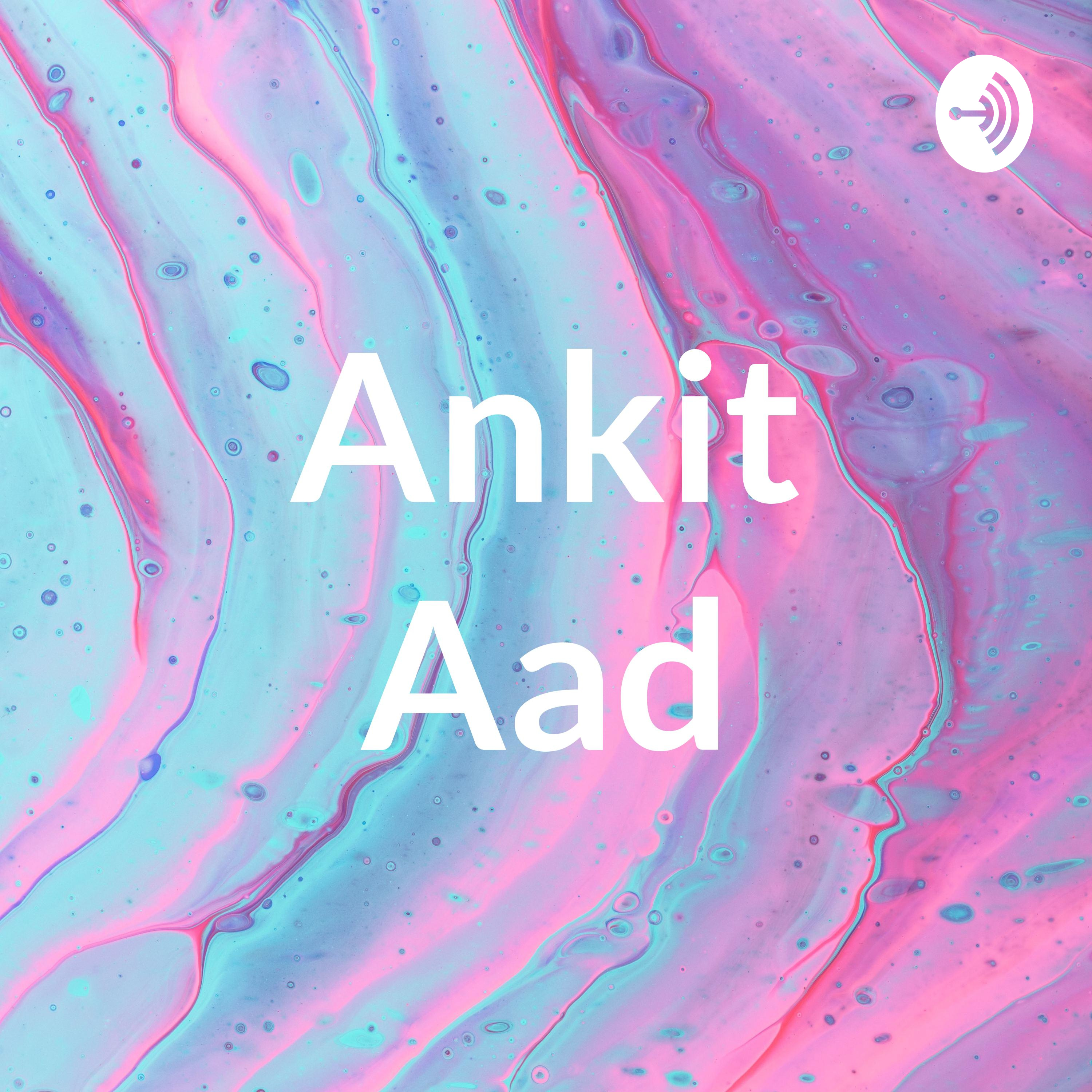 |
The Whisky HollerCraft Distilling from the inside out Author: Gary Lee
Each Week we talk to an industry insider to earn what it takes to work in the craft spirits industry Language: en-us Genres: Arts, Business, Careers, Food Contact email: Get it Feed URL: Get it iTunes ID: Get it |
Listen Now...
Wednesday, 1 January, 1000












